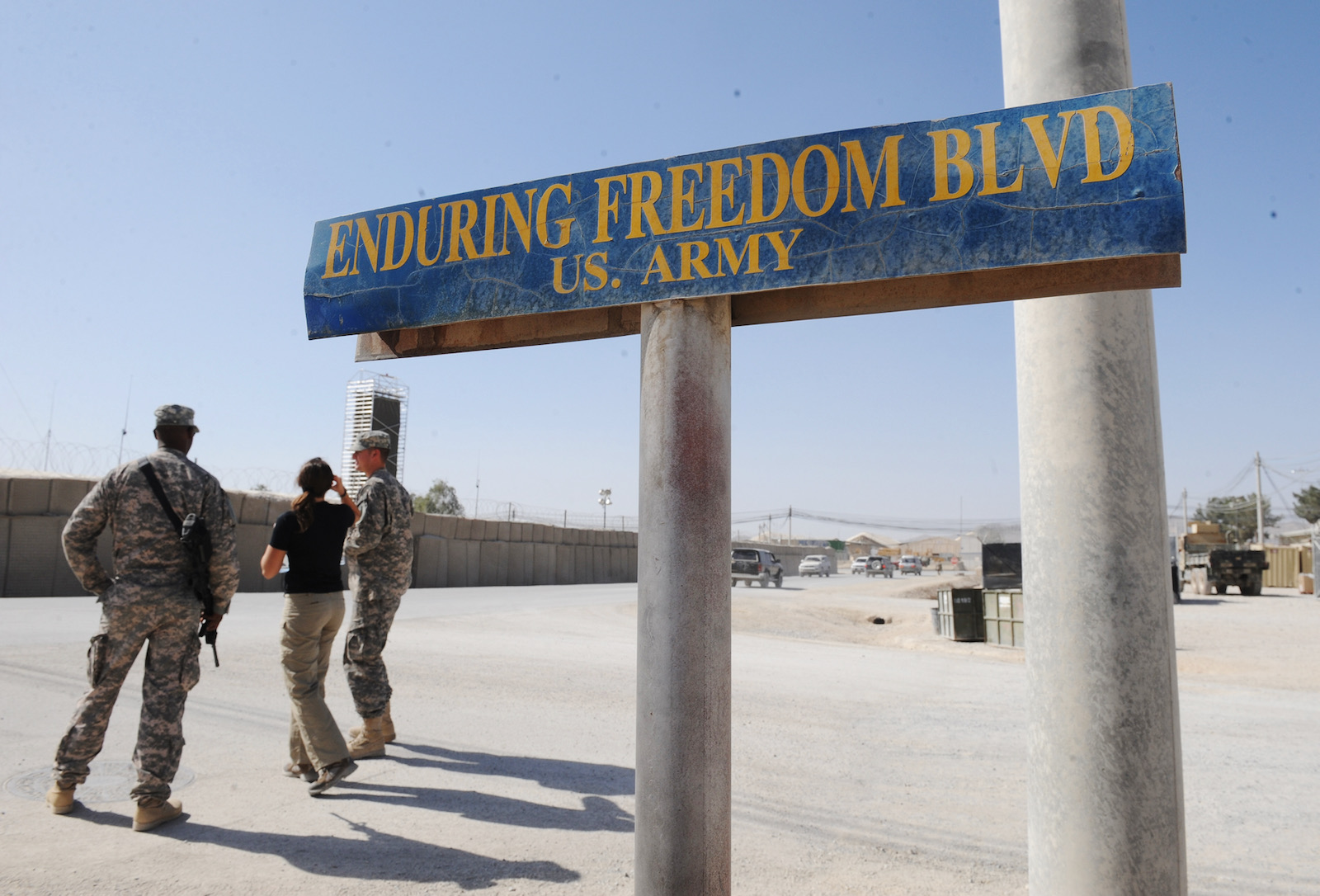Michael Massing

Since the US withdrawal from Afghanistan, the American press has focused on the fates of three groups that are of special interest to Western readers. One is the many thousands of Afghans who had worked with the US government and military or other Western organizations and were desperate to leave. In addition to dramatic reports about the evacuation chaos at the Kabul airport, correspondents offered affecting stories about soldiers working to get their Afghan interpreters and fixers out, nongovernmental organizations seeking safe conduct for their Afghan coworkers, and Afghans living in the United States scrambling to extract stranded family members. David Rohde in The New Yorker described his efforts to save the family of the Afghan man who helped him escape his kidnappers in 2009.
Afghan journalists have been another focal point. US news organizations, feeling both a professional bond with and personal responsibility for their Afghan colleagues, have provided extensive coverage of Taliban attacks on them and free expression generally. They have reported on the struggles of Tolo, Afghanistan’s leading broadcaster, to keep operating under Taliban rule; the detention and beating of journalists covering women’s demonstrations; and the fears among artists, musicians, writers, and other intellectuals about the steadily shrinking space for dissent. NPR aired a seven-minute interview with an Afghan woman who had served as one of its producers in Kabul and who was now living in limbo on a military base in Wisconsin, impatiently waiting to begin a journalism and human rights fellowship at UC Berkeley.
Women make up the third and most prominent category of media attention. The Taliban’s treatment of women and girls has been taken as the clearest barometer of its intentions, and Western journalists have tirelessly documented the many early troubling signs, especially in Kabul. They have described the Taliban’s abolition of the Ministry of Women’s Affairs and its replacement by the Ministry for the Propagation of Virtue and the Prevention of Vice, the fears of retribution among Afghan women occupying prominent positions in society, and the harsh restrictions placed on educational opportunities for women and girls. The New York Times, in a feature headlined in the print edition “Women on Loving, Fearing and Leaving Afghanistan,” offered first-person accounts by a TV journalist, a lawyer specializing in women’s and children’s rights, a worker for an international aid organization, and a woman describing herself as “a role model for my generation,” all of whom were living in the United States because of the dangers they faced in their homeland.
CNN’s Clarissa Ward has been especially tenacious in covering the clampdown on women. Two days after the Taliban takeover, she did a stand-up report in a Kabul street market, her body draped in a funereal black cloak with only her face showing, in place of the simple headscarf used by many Kabul women. Gesturing at a store behind her that sold burqas, she said that it was enjoying a renaissance in sales “because people are frightened.” She went on: “This is how it starts. We hear from the Taliban again and again—women’s rights will be protected, women will be allowed to be educated, women will be allowed to go to work,” but when women are buying burqas “because they’re worried to be seen on the streets, even dressed very conservatively as I am, you start to understand how the space for women becomes smaller and smaller, how their rights become marginalized, and how they ultimately become disenfranchised.”
Ward acknowledged that the Taliban had been “polite” and “welcoming” to her crew and said that they could continue with their work. “Nobody has asked me to cover my face or cover my hands. Part of the reason I’m dressed as conservatively as I am, honestly, is out of an abundance of caution…. I don’t want to draw too much attention to myself. I don’t want to become the story.” Yet the sight of Ward so conspicuously clad was, in fact, central to the story. The report typified her and cable news’s reporting: dramatic, bold, emotional, attention-getting, and one-dimensional.
No comments:
Post a Comment